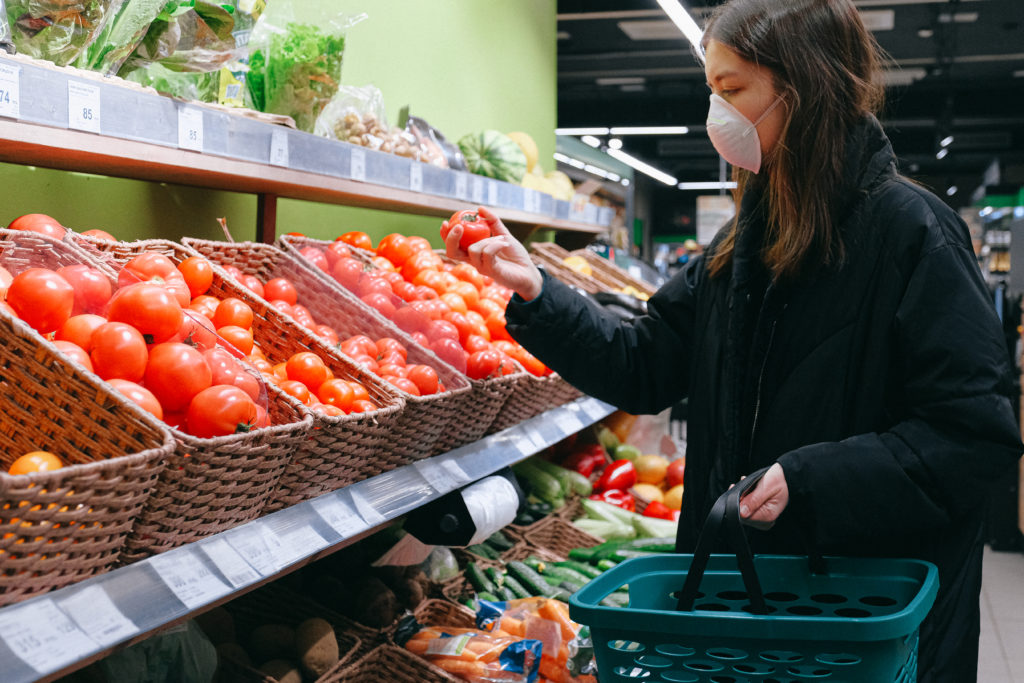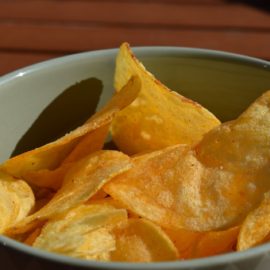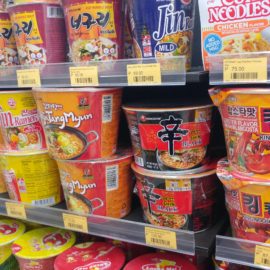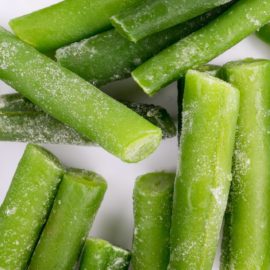
People now look for healthier alternatives like fruits and vegetables to foods they’re accustomed to specially that every so often the food service industry is limited to take-out and drive-through. What are the foods to eat during the COVID-19 outbreak?
Due to limited activity across the globe to prevent further spread of the COVID-19, the supply chain for fresh fruits and vegetables is suffering heavily. These are perishables but limited transportation and closed markets, have kept these items from being delivered timely. Despite this, the demand for these perishable products are soaring as the COVID-19 pandemic continues to affect the global population.
Even if the foods that must be in anyone’s list are harder to come by these days, there are still ways to keep yourself healthy amid the pandemic.
Table of Contents
How is coronavirus (COVID-19) transmitted from person to person?
The main mode of transmission of COVID-19 is through droplets. These are passed from an infected person through sneezing, coughing or even breathing. Though it hasn’t been fully proven yet, the virus is now believed to be airborne, something that is even scarier.
When a person gets infected, the virus replicates itself inside the body and attacks the healthy cells. Depending on how your immune system reacts, one can experience symptoms as early as 2 days to 14 days. Usual symptoms include cough, body pain, sore throat, diarrhea, nausea or vomiting, fatigue, shortness of breath and fever.
The main cause of death among COVID-19 patient is respiratory failure. COVID-19 can infect anyone regardless of age. However, the mortality rate is very high among the young and old. Individuals with certain medical conditions like heart and lung diseases and with weak immune system are more susceptible.
Patients with a strong immune system can easily recover from the virus without exhibiting symptoms (asymptomatic). But this doesn’t mean they may remain carefree as they may be infecting the others unknowingly.
A healthy lifestyle is the main key to fighting COVID-19—stay active, sleep well and maintain a healthy diet.
What are the foods to eat during the COVID-19 outbreak? Here are some tips to get you through these trying times.
Refrain from eating out (for now at least)
In the first few months, the food service industry only allowed drive-through, delivery, take-out, and curb-side pick up. Other measures were also implemented to prevent further spread of the virus. Now that the industry is almost back to normal (with guidelines, of course), it’s tempting to dine-in. But it’s not totally safe yet, at least for the next 12 months, according to most experts.
But it’s better to order your food to-go to prevent inevitable crowded areas like your favorite nearby restaurant. Yes, they got safety measures like social distancing and a hand sanitizer by the door, but what are the odds?
Have you recently opened your restaurant? Check out what you can do to keep youself, your staff and customers safe: Coronavirus and Safety in Food Establishments
Or grab your phone and order your food online, without going outside. Since the outbreak, third-party order apps have been increasing in numbers.
Or better yet, shop every food items you need and prepare them at home, the safest way possible.
Foods to eat during the COVID-19 outbreak
When choosing food, you want to go for a variety of fresh and unprocessed foods every day. You want to make sure to obtain the essential vitamins, minerals, fiber, protein and antioxidants.
If fresh produce is hard to find, it is advised to buy healthy canned or dried goods. Dried food like beans, pulses, lentils and grains are easy to find. Canned seafood in oil like sardines and mackerel are good choices for proteins and they’re rich in omega-3 fatty acids.
If possible, purchase food that can be frozen for future use like fruits and vegetables. If prepared well, most fruits and vegetables can be frozen up to 3 months. You may blanch your vegetables first to slow down enzyme activity, which causes the vegetables to lose nutrients, the color and texture.
Highly processed foods are everywhere. If there no other options, limit the purchase as these are high in saturated fat, salt and sugars. Home cooking is always better. Aside from saving more money, you get to know the quality of every ingredient in your dish.
Instead of animal fat, butter or lard, get the fat and oil in fish, nuts, olive oil, sunflower and corn oil. Saturated fat help reduce blood cholesterol level and prevent heart-related diseases.
Snacks? Instead of sugary treats like chocolates, eat fruits to cut down on sugar intake. If you love snacking on something salty like chips, try nutrient-dense nuts like almonds. They’re naturally high in protein and fiber.
Drink at least 8 glasses of water a day
Water transports all the nutrients and compounds you intake, cleanse your body and regulate your body temperature. Drink least 8 to 10 glasses of water every day. Staying hydrated helps the body function well. Drinking water helps in faster recovery from common cold and flu.
Making juice from fresh fruits or vegetables is a good alternative. Choose water-rich fruits and vegetables. They’re excellent for juices and smoothies. Watermelon, strawberries, pineapple, oranges, kale, spinach and cucumber are popular choices.
Keeping ourselves healthy at all times is very important especially that the COVID-19 pandemic is affecting all of us. Stay active, exercise, sleep well and maintain a healthy diet.
Want more information about the COVID-19 pandemic? Visit the World Health Organization website.


